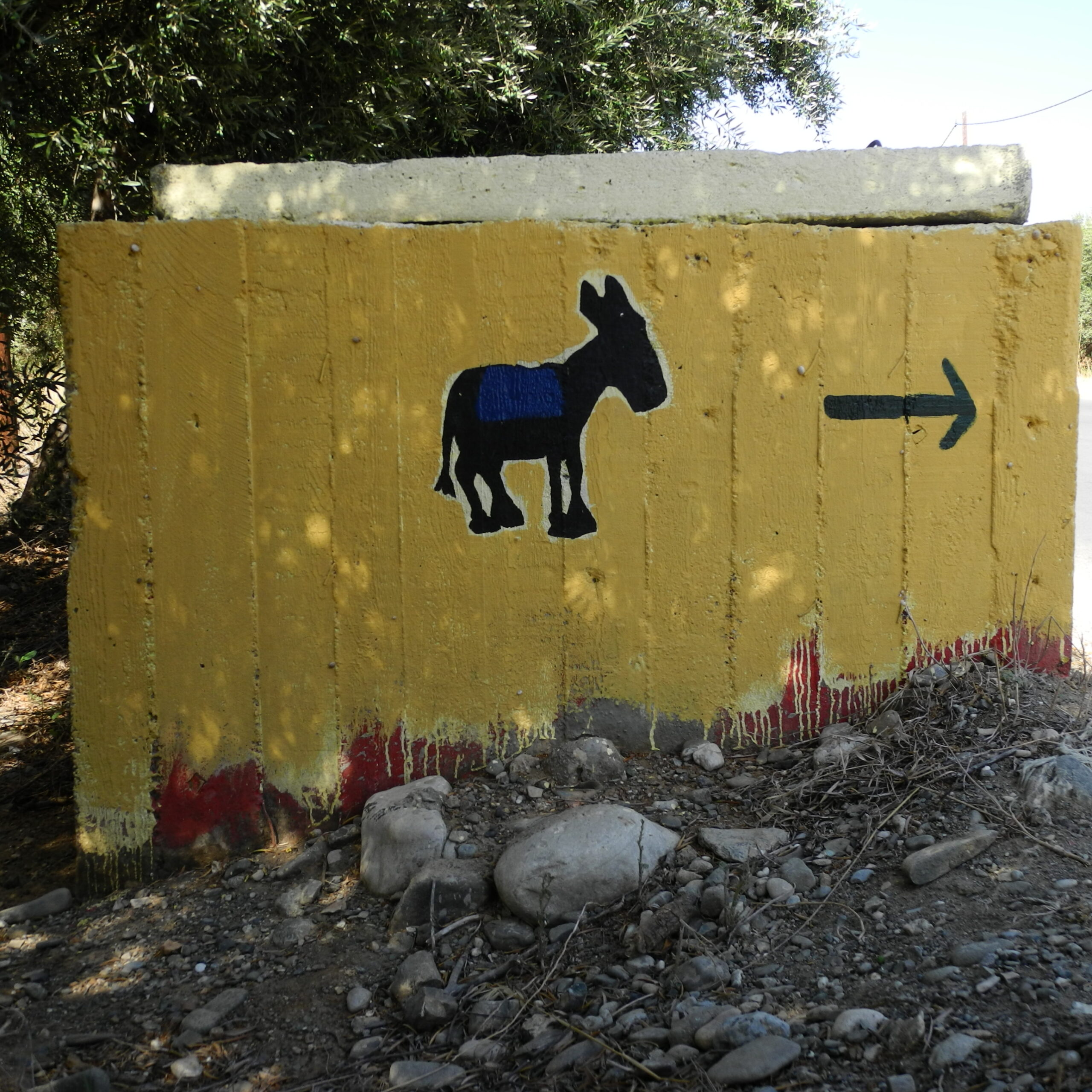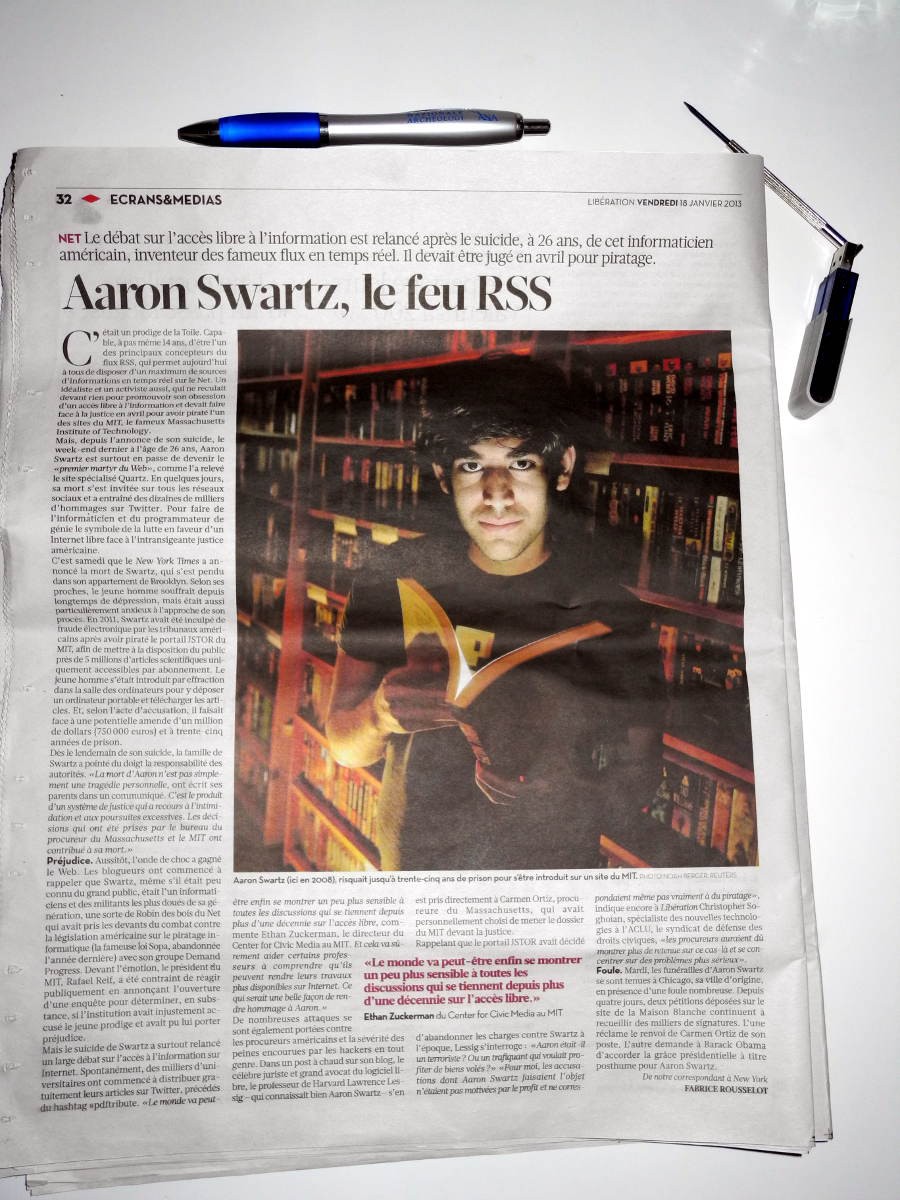
Qualche giorno fa ho completato la mia prima peer review per Peer Community in Archaeology. Faccio peer review (o referaggio, come molti dicono in anglo-italico) da una decina d’anni. Per diversi anni sono stato editor del Journal of Open Archaeology Data e ho gestito il processo di peer review, che può essere anche molto estenuante e sempre, rigorosamente, gratuito.
Quando ho scoperto PCI Archaeology mi è parsa subito una iniziativa con grande potenzialità. La open peer review non è una novità, ma con PCI viene messo a sistema l’utilizzo sistematico dei preprint, che sono pressoché sconosciuti tra gli archeologi e ancora più tra gli archeologi italiani. Tutto il progetto Peer Community in conta al momento 11 comunità specializzate in discipline varie.
PCI Archaeology è attivo dal 2019, ha un cuore francese, è sostenuto dal CNRS e da molte università, ma anche dal Max Planck Institute, se avete bisogno di farvi convincere dal prestigio. C’è già una lista importante di riviste che ha aderito al progetto, tra cui Quaternary, PLOS One, Internet Archaeology, Open Quaternary e ovviamente Journal of Open Archaeology Data. Tra gli 80 recommenders ci sono diversi italiani, con una maggioranza sul versante preistorico e scientifico. Chi fa parte del comitato editoriale di una rivista dovrebbe dedicare un po’ di tempo a capire come funziona PCI, la via più semplice è candidarsi come reviewer e sperimentare di persona il funzionamento.
Perché la peer review aperta di PCI Archaeology è migliore per tutti?
Per gli autori, consente di far circolare la propria ricerca appena pronta per l’invio a una rivista e di sottoporla a un processo trasparente. Il preprint deve essere caricato su un server esterno affidabile, come OSF Preprints o Zenodo, perché la review ha una sua autonomia editoriale. È possibile per i reviewer rimanere anonimi ma nella maggior parte dei casi ci sarà un nome affiancato alla review che riceviamo. Il ruolo del “recommender” è abbastanza originale ed è un po’ come avere un editor su misura per ciascun articolo, che può anche essere suggerito tra quelli attivi al momento (oggi sono 80). Quando la review finisce, il preprint diventa una porzione di un “oggetto editoriale” più esteso che collega le review, la recommendation finale (che può anche essere negativa!) e le risposte degli autori alle review. Tutto è pubblico e pubblicato, archiviato e citabile, e il preprint può a questo punto essere inviato a una rivista tradizionale oppure anche citato così com’è, perché di fatto ha tutte le caratteristiche di un articolo completo: identificativo permanente, archiviazione a lungo termine, peer review.
Per i reviewer, anzitutto la trasparenza incoraggia a svolgere con maggiore attenzione la revisione, perché tutti potranno leggere i nostri commenti ‒ anche se scegliessimo di rimanere anonimi quella review è comunque opera nostra. Ma l’aspetto più incredibile è la possibilità di leggere gli altri reviewer! L’articolo che ho rivisto ha avuto ben 4 reviewer, è stato incoraggiante vedere che diversi punti delle nostre review erano molto simili ed è ancor più stimolante invece capire quali aspetti mi erano sfuggiti, in che modo posso migliorare la mia comprensione di un articolo e la mia attività futura di ricerca e pubblicazione.
Per i lettori, credo che una diffusione dei preprint in archeologia possa solo aiutare a far crescere la ricerca, e rendere più brillante la ricerca di buona qualità. Ovviamente i preprint sono una forma di open access, quindi tra i vantaggi c’è anche quello di scansare costosi abbonamenti che ormai nemmeno più le biblioteche specializzate riescono a mantenere. Leggere in dettaglio i commenti fatti da altri ad un articolo è corroborante, per me stimola immediatamente un approccio di curiosità, approfondimento e dibattito. Ovviamente le discussioni avvengono comunque, ma si perdono nell’etere. E comunque il fatto che un articolo venga presentato alla comunità scientifica da una persona terza è una tradizione con radici profonde, che solo la burocratizzazione dell’editoria accademica ha cancellato.
Allora, la breve lista di suggerimenti per iniziare il 2021:
- iscriversi come reviewer a PCI Archaeology
- leggere gli articoli già raccomandati!
- per la prossima pubblicazione, caricare il preprint e mandarlo a PCI Archaeology

